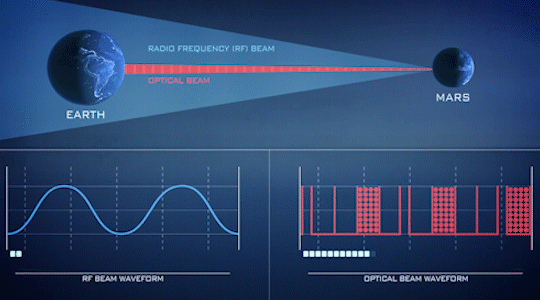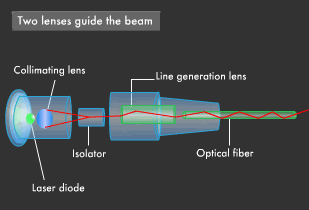Today (October 30, 1941) is the birthday of Nobel laureate Theodor Wolfgang Hansch, who studied laser-based precision spectroscopy.
Theodor Wolfgang Hansch was born on October 30, 1941 in Heidelberg, Germany. Hansch received his secondary education at Helmholtz-Gymnasium Heidelberg and gained his Diploma and doctoral degree from Ruprecht-Karls-Universitat Heidelberg in the 1960s. Subsequently, he became a professor at Stanford University, California from 1975 to 1986. He developed an optical "frequency comb synthesiser", which makes it possible, for the first time, to measure with extreme precision the number of light oscillations per second. These optical frequency measurements can be millions of times more precise than previous spectroscopic determinations of the wavelength of light.
The work in Garching was motivated by experiments on the very precise laser spectroscopy of the hydrogen atom. This atom has a particularly simple structure. By precisely determining its spectral line, scientists were able to draw conclusions about how valid our fundamental physical constants are - if, for example, they change slowly with time. By the end of the 1980s, the laser spectroscopy of hydrogen had reached the maximum precision allowed by interferometric measurements of optical wavelengths. The researchers at the Max Planck Institute of Quantum Optics thus speculated about new methods, and developed the optical frequency comb synthesizer. Its name comes from the fact that it generates a light spectrum out of what are originally single-colour, ultrashort pulses of light. This spectrum is made of hundreds of thousands of sharp spectral lines with a constant frequency interval.

Such a frequency comb is similar
to a ruler. When the frequency of a particular radiation is determined, it can
be compared to the extremely acute comb spectral lines, until one is found that
"fits". In 1998, Professor Hansch received a Philip Morris Research
Prize for the development of this "measurement device". One of the
first applications of this new kind of light source was to determine the
frequency of the very narrow ultraviolet hydrogen 1S-2S two-photon transition.
Since then, the frequency has been determined with a precision of 15 decimal
places. The frequency comb now serves as the basis for optical frequency
measurements in large numbers of laboratories worldwide. Since 2002, the
company Menlo Systems, in whose foundation the Max Planck Institute in Garching
played a role, has been delivering commercial frequency comb synthesizers to
laboratories all over the world.

Hänsch introduced intracavity
telescopic beam expansion to grating tuned laser oscillators thus producing the
first narrow-linewidth tunable laser. This development has been credited with having
had a major influence in the development of further narrow-linewidth
multiple-prism grating laser oscillators. In turn, tunable narrow-linewidth
organic lasers, and solid-state lasers, using total illumination of the
grating, have had a major impact in laser spectroscopy. During the late 1990s,
he and his coworkers developed a new method to measure the frequency of laser
light to an even higher precision, using a device called the optical frequency
comb generator. This invention was then used to measure the Lyman line of
atomic hydrogen to an extraordinary precision of 1 part in a hundred trillion.
At such a high precision, it became possible to search for possible changes in
the fundamental physical constants of the universe over time. For these
achievements he became co-recipient of the Nobel Prize in Physics for 2005.

He was awarded the Comstock Prize
in Physics from the National Academy of Sciences in 1983. In 1986, he received
the Albert A. Michelson Medal from the Franklin Institute. In the same year
Hänsch returned to Germany to head the Max-Planck-Institut für Quantenoptik. In
1989, he received the Gottfried Wilhelm Leibniz Prize of the Deutsche
Forschungsgemeinschaft, which is the highest honour awarded in German research.
In 2005, he also received the Otto Hahn Award of the City of Frankfurt am Main,
the Society of German Chemists and the German Physical Society. In that same
year, the Optical Society of America awarded him the Frederic Ives Medal and
the status of honorary member in 2008.
Source By: Wikipedia
Information: Dr. P. Ramesh, Assistant Professor of Physics, Nehru Memorial College, Puthanampatti, Trichy.






.jpg)

No comments:
Post a Comment